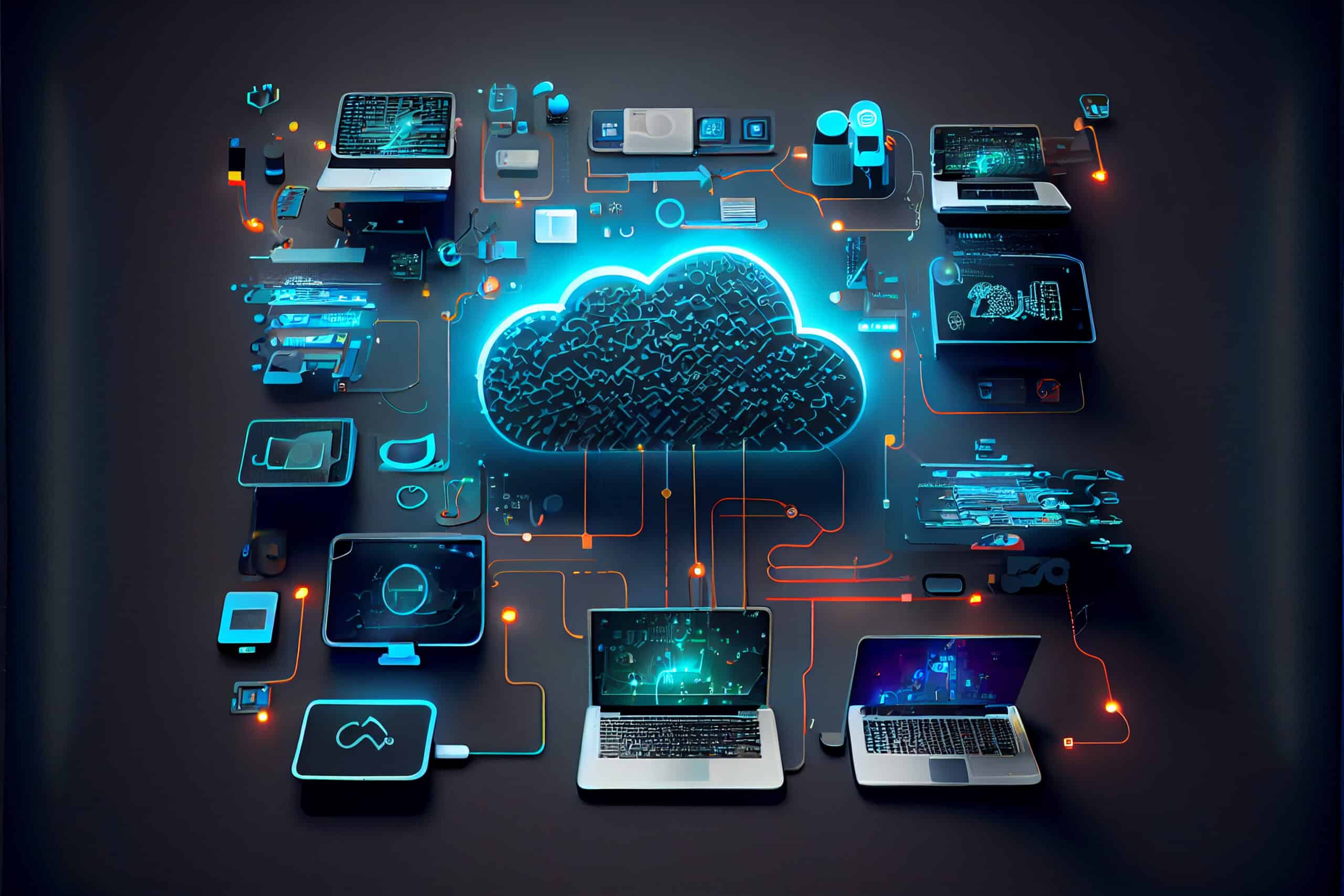Mobile devices are now core tools in law enforcement, helping field agents access data, communicate with dispatch, and interact with criminal justice systems in real time. But with this evolution comes a critical responsibility: securing access to Criminal Justice Information (CJI) under strict CJIS compliance standards. Any mobile device management (MDM) system used by law enforcement agencies must be fully capable of meeting CJIS Security Policy requirements.
Agencies that fail to do so risk data leakage, non-compliance, and even suspension from federal systems like the National Crime Information Center (NCIC). This guide explains how MDM platforms must be structured to meet CJIS standards and protect both public safety and institutional integrity.
The Core of CJIS Compliance for Mobile Devices
The FBI mandates that any technology accessing CJI—including smartphones, tablets, and other devices—meet the CJIS Security Policy, a detailed framework that governs device security, user authentication, audit logging, and compliance regulations.
While IT administrators may be confident in desktop and network protections, many overlook mobile risks such as:
- Unsecured Wi-Fi usage in the field
- Phishing attacks on mobile email clients
- Lost or stolen devices lacking remote wiping
- Cross contamination from personal apps and files on BYOD devices
Mobile device management should be able to CJIS at every level—from access control to advanced authentication and mandatory policy settings.
What CJIS Requires for Mobile Device Management

Agencies must understand that MDM is not just about convenience—it is a control system responsible for:
- Protecting devices that access criminal justice systems
- Preventing unauthorized access and failed access attempts
- Enabling consistent enforcement of security protocols
The CJIS Security Policy defines specific technical and administrative safeguards that apply to mobile environments. Here’s how device management must support them:
1. Strong Authentication
Every user accessing CJI must authenticate with multi factor authentication (MFA). This can include:
- A PIN code plus fingerprint
- A password with a physical token
- Biometric logins backed by advanced authentication layers
2. Remote Wiping and Locking
In the event of theft or misplacement, the MDM must support:
- Remotely locking the device
- Full remote wiping of CJI and sensitive applications
- Location tracking with alert escalation
3. Encryption of Data in Transit and at Rest
All CJI must be encrypted using FIPS 140-2 or 140-3 approved methods:
- Data stored on internal memory must use strong AES-based encryption
- Network sessions must be encrypted through VPNs or secure tunnels
- Accessing CJI without proper encryption introduces immediate compliance risk
4. Real-Time Policy Enforcement
Organizations must control applications set, settings, and behaviors in real time. The MDM must:
- Detect jailbroken or rooted smartphones
- Block unapproved app installations
- Apply compensating controls for devices not meeting full baseline
5. Role-Based Access and Logging
User responsibility must align with job function. The MDM should:
- Integrate with identity systems (e.g., Active Directory)
- Assign access by role and specified number of rights
- Retain access logs for audit and investigations
BYOD Policies and the Risk of Personal Devices
Many organizations allow users to access CJI on their own device. While cost-effective, this introduces major risks unless managed properly.
BYOD policies must:
- Clearly define access scope and user duties
- Require enrollment in an approved device management system
- Enforce network security controls on personal and agency-owned devices alike
When many organizations fail to apply equivalent policies across BYOD and agency-issued devices, the risk of non compliance grows exponentially.
Navigating CJIS Compliance in Real-World Settings
Let’s break this down into steps that law enforcement agencies and other agencies can follow:
Step 1: Evaluate Current Devices
Identify every device accessing CJI—including tablets, laptops, and smartphones. Eliminate any that do not support encrypted storage or MDM integration.
Step 2: Select an MDM Platform That Supports CJIS
Choose a vendor that meets or exceeds CJIS expectations. Leaders like Ivanti, Samsung Knox, and Miradore offer features designed for the public sector. Be sure your platform can:
- Enforce mandatory policy settings
- Log user activity and accessing CJI attempts
- Support multifactor authentication and secure app control
Step 3: Train Staff and Document Everything
Train every user on secure mobile practices and CJIS requirements. Maintain documentation on:
- Device inventory
- Security controls in place
- Breach response policies
- User training logs
CJIS Compliance Is Not Just IT’s Job
Every officer, clerk, and admin must understand their role in protecting criminal justice information. Leadership must drive enforcement, not just policy writing.
Responsibility lies not only with technical staff but with the entire command structure. Without proper cultural buy-in, even the best MDM tools will fail.
Final Word
As more agencies move toward mobile-first workflows, the need for secure, compliant device management becomes urgent. Mobile device management should be able to CJIS not just technically, but operationally. If your platform can’t prove it meets the CJIS Security Policy, you’re risking much more than data loss—you’re risking access, funding, and public trust.
Agencies must audit their current tools, invest in platforms built for compliance, and train staff to use them correctly. This isn’t optional. It’s a condition of operating within the national justice system. For expert guidance, explore our CJIS Compliance IT Services designed specifically for secure mobile infrastructure in public sector environments.

